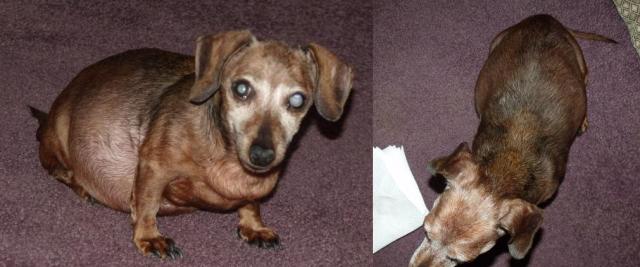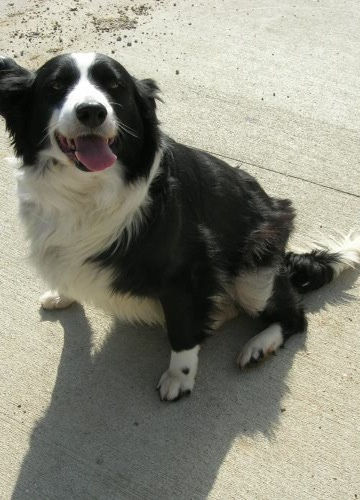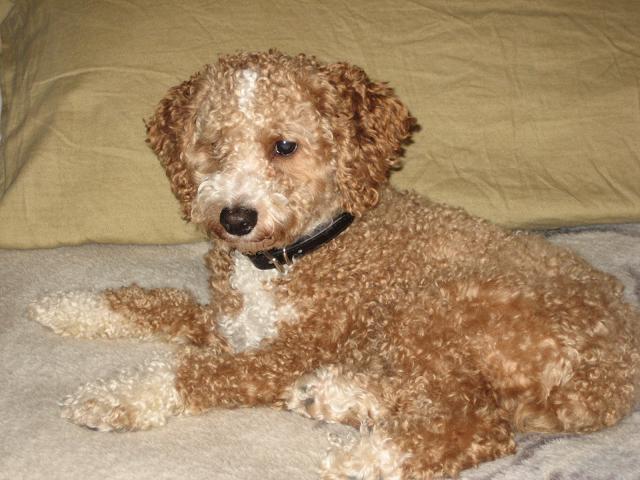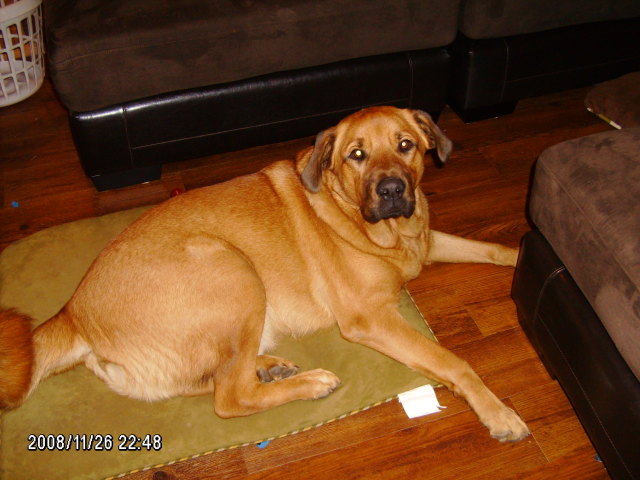QuestionI'm wondering if you can give me some tips with this situation. I know we need to do some dog obedience, but I can't afford the classes at the moment, but we need to do something ASAP, or I'm going to go crazy with this dog! We have a 2 year old Boxer. He is a very sweet, gentle dog but with some bad habits. I think he knows he is stronger than all of us. My kids (12 and 8) can hardly walk him anymore because at almost 70 lbs. he has learned that if he jerks or yanks hard enough on the leash, they will let go and he can escape. The other night I took him out, and he saw something and took off, and I fell down. We use a retractable leash to walk him. What are some things to do that would help with this. I'm not crazy about using a choke collar, but I guess if would really help, I will try it.
Also, once he gets loose, he is impossible for us to catch. He will walk up to strangers on the street and let them get him, but he just runs around us in wide circles at top speed or will sit until you make a move and then take off. We have taught him to sit and to lay down, but when he's loose, he won't do it. How can we teach him to come, and will this works if he gets loose? He more often gets loose by my 4 year old daughter opening the door to go out or come in and him pushing his way out around her.
Lastly, what do you think about the doggie doorbell? Do you know anything about this. Our dog also never goes to the door or lets us know when he has to go out to potty. He can be in his crate in the middle of the night or in the house at other times, and if he has to go, he will, and only then does he bark or whine that he needs to go out.
AnswerToo bad you didn't ask a few months ago. With somebody the right age in the family, 4-H dog training is a great idea, and dirt cheap.
In my area, clubs form soon after the first of the year. Even many urban
areas have 4-H. For info look in your phone book under government listings
for extension or cooperative extension offices. Ask specifically about a dog
or canine club. The dogs see all the people and dogs in the household as a
pack with each having their own rank in the pack and a top dog. Life is much
easier if the 2 legged pack members outrank the 4 legged ones. You can learn
to play the role of top dog by reading some books or going to a good obedience
class. A good obedience class or book is about you being top dog, not about rewarding standard commands a treat. Start at http://www.dogsbestfriend.com/
You may need to work out of a book. Even a poor one is better than none at all.
Start with a good 6' leather leash and a sturdy slip collar, the metal chain
ones with the rings on each end. You want the shortest one that will go on
and off easily. If you walk with the dog on the left, pull the chain through
one loop forming a "P". Facing it, slip it over its head. The free end
should come over the neck to the leash, and the other end should drop slack
when there is no pull on the leash.
Easier dogs will give up their pulling with a few good snaps of the leash
combined with a stern "Bad dog!". You can work up to forceful corrections
with the leash doubled up in both hands and your whole body behind it. But
you don't want to use any more force than you need. One gentle technique I
like is to just stop when he pulls. He wants to go. If you move forward when
the leash is slack, and stop when he pulls, he should quickly figure out the
only way to get to go, is not to pull. This is about teaching him not to
pull, not getting somewhere. The man that taught it to me said "If in a half
hour you haven't made it out to the front walk, fine, you have taught him a
lesson.
Still, you may want to switch to a head collar. The leading brands are Promise, Haltie, and Gentle Leader. They have a strap going around the dogs nose looking something like a muzzle. They work by pulling the dogs head around. No other way gives you such great control with so little force. The prong collar is now a
dangerous relic of value only for its macho looks. Do not consider using one
without hands on instruction from somebody with plenty of experience with them.
With the dog at the end of the leash, call its name and "Come" in a firm
voice. If it comes, praise it lavishly and pet it. If it doesn't come, repeat
the command and give the leash a light snap. Keep it up with firmer leash snaps
until the dog does come. Do not forget the praise. Then switch to a longer
leash or rope, about 25'. When it comes well on the longer leash, you should
be able to go to off leash in a fenced area, etc. Once the dog is doing well, introduce come, treat. This is for emergencies only when the dog has gotten loose accidentally. Use it routinely and you will have nothing to fall back on when your dog is headed for a busy street. "Name, come treat!" is little different from the
regular "Name, come!", except the dog gets a great treat when it comes. We are talking a hot dog, cheese, etc. much better than any treat you use routinely.
By the time most dogs are about 3 months old, they have figured out that if
they go to the door and stand, you will let them out. The praise slowly shifts
to going to the door. Some people hang a bell there for the dog to paw. If
your dog doesn't figure this out, try praising it and putting it out if it
even gets near the door. A stern "Bad dog!" is all the punishment that is
effective, and only when you catch it in the act and are sure you didn't miss
it going to the door. Clean up accidents promptly. I mostly keep the little
puppies out of the carpeted rooms. Still I need the can of carpet foam
sometimes. First blot up all the urine you can with a dry towel. Keep moving
it and stepping on it until a fresh area stays dry. A couple big putty knives
work well on bowel movements. Just slide one under it while holding it with
the other. This gets it up with a minimum of pushing it down into the carpet.
This works with even relatively soft ones, vomit, dirt from over turned house
plants, or anything else from solids to thick liquids. Finish up with a good
shot of carpet foam. Note, do not let the puppy lick up the carpet foam.
Once the dog is reliably housebroken, your carpet may need a good steam cleaning.
Many people strongly strongly push cleaning up all evidence of past accidents. I am slower to suggest that. Dogs will return to the same spot if they can find it. When you see one sniffing the spot, that is your clue to run it out.

 Older dog with distended stomach.
Question
Belle
Hi, my 14 year old miniature dachshund,
Older dog with distended stomach.
Question
Belle
Hi, my 14 year old miniature dachshund,
 doggie doldrums
Questionsad dog
QUESTION: I have a 2 year old go
doggie doldrums
Questionsad dog
QUESTION: I have a 2 year old go
 dog who growls and nips
Question
Ladybug
We adopted a rescue dog, Ladybu
dog who growls and nips
Question
Ladybug
We adopted a rescue dog, Ladybu
 cockapoo agression
Question
Pets11.jpg
We have had our Cockapoo (Tyson) si
cockapoo agression
Question
Pets11.jpg
We have had our Cockapoo (Tyson) si
 mouthing; pawing, wont drop it
Question
My puppy Trigger
I have a 10 month old LARGE (
mouthing; pawing, wont drop it
Question
My puppy Trigger
I have a 10 month old LARGE (